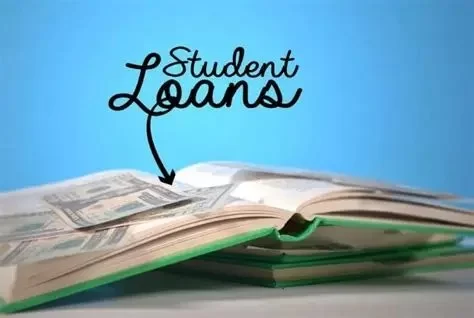
- understanding-the-student-loan-bankruptcy-problem - Understanding the Student Loan Bankruptcy Problem
- why-student-loans-are-hard-to-discharge - Why Student Loans Are Hard to Discharge
- the-undue-hardship-standard-and-what-it-means - The Undue Hardship Standard and What It Means
- recent-court-cases-and-political-shifts - Recent Court Cases and Political Shifts
- can-student-loans-be-discharged-through-bankruptcy - Can Student Loans Be Discharged Through Bankruptcy?
- working-with-a-bankruptcy-lawyer - Working with a Bankruptcy Lawyer
1. Understanding the Student Loan Bankruptcy Problem
The question "Student Loans and Bankruptcy: Any Hope?" echoes in the minds of millions of Americans. Over 43 million people in the U.S. currently owe student debt. Yet, unlike credit card bills or medical expenses, discharging student loans through bankruptcy remains a rare legal outcome. Why? Because federal law treats student debt differently, placing it in a category that’s notoriously hard to shake.
Despite rising defaults and mental health concerns tied to educational debt, the legal pathway to relief is anything but clear. For many, it feels like being stuck in a never-ending repayment loop with no escape. But that’s beginning to change.
2. Why Student Loans Are Hard to Discharge
2.1 The Legal Framework
The Bankruptcy Code was amended in the late 1970s and again in 2005 to require that borrowers prove “undue hardship” to have federal or private student loans discharged. This legal standard is exceptionally high and subjective, relying heavily on judicial discretion.
2.2 A Barrier by Design?
Lawmakers originally implemented the rule to prevent abuse. But over time, it became a wall, preventing even the most financially burdened borrowers from seeking relief. It's estimated that fewer than 0.1% of student borrowers even attempt to file bankruptcy due to the perception that it's futile.
3. The Undue Hardship Standard and What It Means
3.1 Brunner Test: The Gatekeeper
The most widely used legal test is the Brunner Test, named after a 1987 case. It requires debtors to prove three things: (1) they cannot maintain a minimal standard of living if forced to repay, (2) their situation is unlikely to change, and (3) they’ve made a good-faith effort to repay. It’s a tough bar.
3.2 Alternatives Emerging
Some courts are starting to soften their stance. The Ninth Circuit has adopted a more lenient totality-of-the-circumstances approach, allowing judges more flexibility. This signals hope for change on the horizon.
4. Recent Court Cases and Political Shifts
4.1 A 2022 Turning Point
In 2022, the Department of Justice and the Department of Education issued new guidance making it easier for borrowers to qualify for student loan discharge during bankruptcy. This includes streamlined procedures and clearer definitions for "undue hardship."
4.2 Landmark Rulings
In one landmark case, a disabled nurse successfully discharged over $100,000 in federal student loans after years of chronic illness. Judges emphasized her documented financial hardship and sincere efforts to repay—offering a rare but real example of hope.
5. Can Student Loans Be Discharged Through Bankruptcy?
5.1 Yes—But It Takes Work
Although it's difficult, it’s not impossible. Filing an “adversary proceeding” is the required first step—essentially a lawsuit within your bankruptcy case. From there, you must present compelling evidence to the court under the Brunner or similar test.
5.2 What the Process Looks Like
It starts with filing Chapter 7 or Chapter 13 bankruptcy, then filing the adversary proceeding. The court will evaluate your income, expenses, employment prospects, and repayment history. Expert testimony and legal representation often improve your chances.
6. Working with a Bankruptcy Lawyer
6.1 The Value of Legal Guidance
Bankruptcy law is nuanced. Without legal counsel, many applicants are rejected for failing to meet procedural standards. A seasoned bankruptcy lawyer can guide you through evidence collection, filing strategy, and court presentation.
6.2 ESPLawyers Can Help
If you’re struggling under the weight of student loan debt and wondering whether bankruptcy could offer relief, consulting with experts like ESPLawyers is a critical step. We assess your financial picture, help build a strong case, and stand by your side throughout the adversary process. There is hope—but you must act smart and act soon.








